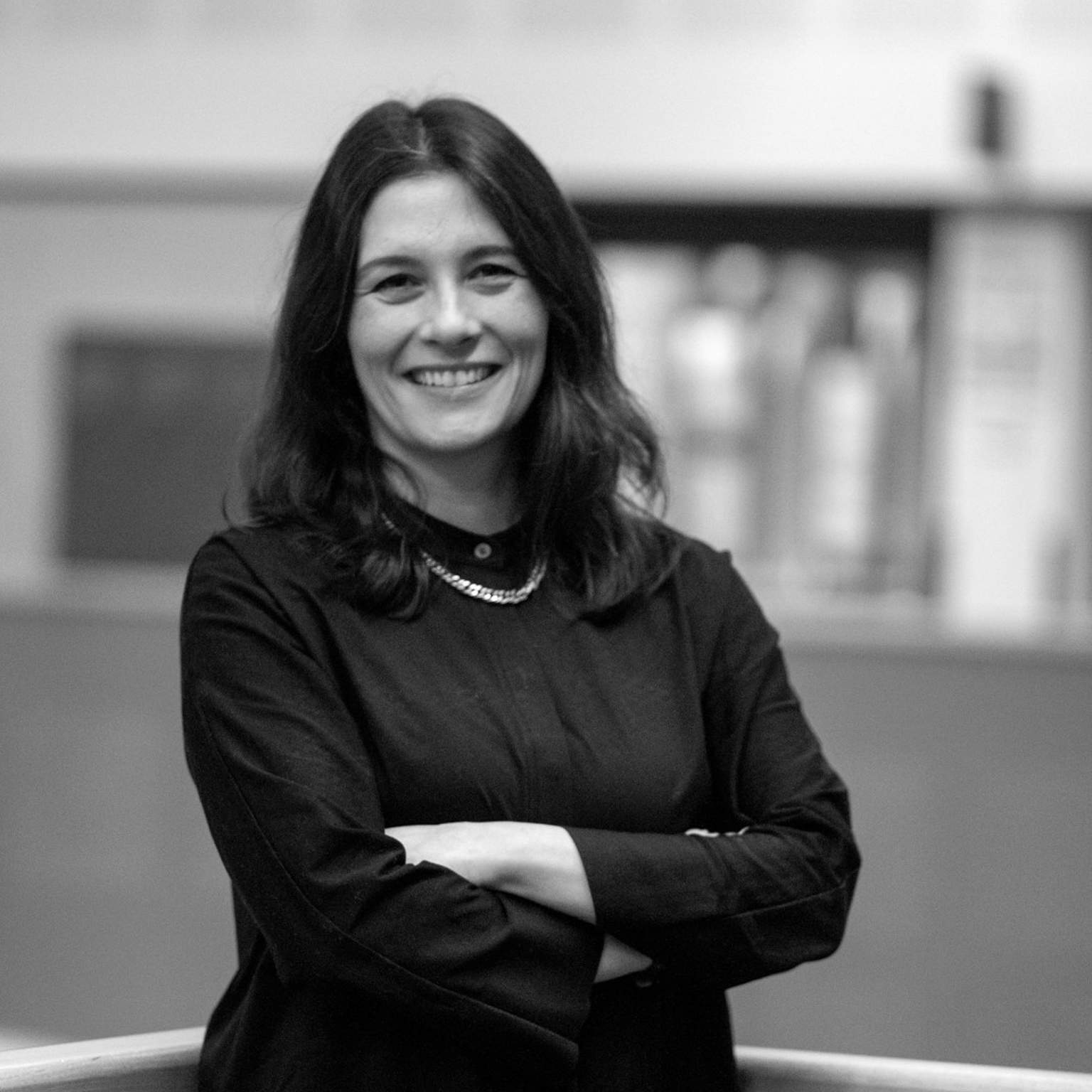“Less hope, more action” doesn’t mean abandoning imagination. It means putting it to work; not to perfect the future, but to confront the present with tools that are strange, flawed, and full of possibility.
At a moment when AI is hyped as both savior and threat, these nine projects from 4TU’s design community offer something refreshingly different. They treat AI as a material to be shaped, a partner to be questioned, and often, a mirror that reflects our values, fears, and contradictions. Across labs and studios, these designers are not waiting for technology to be “ready.” They are already engaging with its glitches, contradictions, and emotional charge.
In Merlett, a vent tube becomes a writhing, responsive creature animated with motors and sensors, but devoid of any practical use. What it offers instead is emotion. People feel curiosity, discomfort, even empathy. It’s not a smart assistant; it’s a vulnerable presence. This is design not for efficiency, but for ambiguity. That spirit carries into Studio Uncertainty, where misclassifying image models are used to produce speculative kitchen hybrids: a watering can that wants to be a spatula, a fork-chair. These objects are not practical, but they open up unexpected ideas. In a related project, N̴OIO̷B̴V̷K̷̤̞̘͎̣͂͆͗̑͆̇ҜA̴C, AI models are pushed to their breaking point, generating outputs from blurry images, unstable transitions, or contradictory prompts. What emerges isn’t correctness, it’s inspiration. A strange coworker who, in messing everything up, occasionally reveals something new.
Across these works, uncertainty becomes a source of energy, not something to eliminate. These systems aren’t tools for solving problems; they are co-creators that generate questions, distortions, and new material to work with.
What’s striking is that many of these projects also resist the usual impulse to move faster. In Trails Beyond Aisles, shopping becomes a curated journey guided not by algorithms, but by crowdsourced audio trails that describe products through sound, texture, and use. Designed for low-vision shoppers but embraced by many, it slows down the act of consumption into something more inclusive and sensory. From Text to Clay uses the slow, unpredictable nature of ceramics to rethink how we engage with AI, shifting focus from acceleration to reflection. By aligning machine learning with the temporality of clay, the project invites a more tactile, thoughtful, and materially grounded approach to creative practice. And in OOO (Out of Office), speculative artefacts like a mouse treadmill and a work-life balance clock exaggerate our obsession with productivity. The absurdity reveals how much digital culture demands of us, and how little room it leaves for reflection.
These projects don’t try to fix uncertainty. They design with it. They stretch it, materialize it, sit with it. And in doing so, they remind us that action isn’t always about acceleration or clarity. Sometimes, action means slowing down. Letting things remain unresolved. Refusing to optimize. Being with the mess. That, perhaps, is the most radical move these designers make.
So yes, less hope. But not less imagination. Just more experiments, more glitches, more honest acts of making with the systems we have, not the ones we’re promised.
